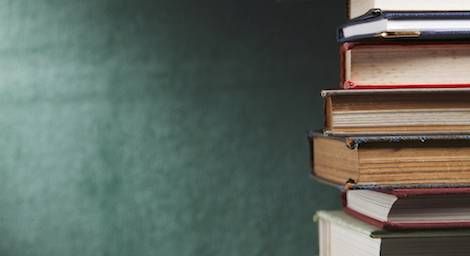
8 Books to Read if You Want to Make American Education Great Again
One of the many issues that keeps popping up in American news is who should be our next Secretary of Education. This debate brings about questions of what’s next in the ever changing landscape of public education. Our education system seems to be in constant flux, but are the changes helping or hurting students?
If you want to be prepared to guide our children (and adult learners) to a better future, why not start with educating yourself about how our education system got this way–and whether or not it works.
There are a number of great books out there, but here are a few suggestions for where to start.
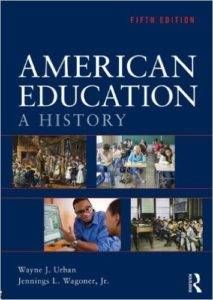
This book seems like a good starting point, as it details the history of American Education from pre-colonial days on (including a look at Native American education before colonization). It deals with major education movements in each time period, tracing how we got to where we are today.
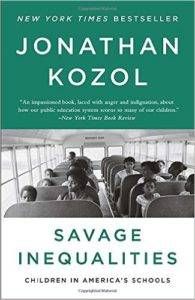
Savage Inequalities addresses the funding gap between schools in wealthy areas and those in poorer ones. To write this book on whether or not our education system really provides equal opportunity to every child, Kozul spent two years touring the country, interviewing teachers, principals, superintendents, and students.
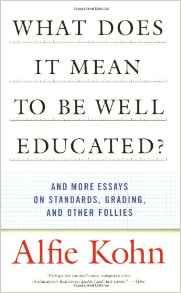
This book features a series of essays about our education system’s fixation on scores and grades. As standardized tests continue to be the standard on which both students and teachers are judged, what are we losing? What is the real goal of education–and are we still focusing on this as we try new and different systems to evaluate and score students?
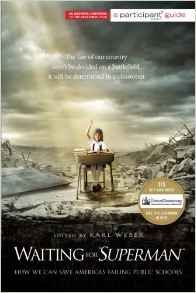
This book (and the documentary of the same name) draws on the knowledge of education reform experts to provide insight, suggestions, and resources to help the reader join the struggle to improve our schools.
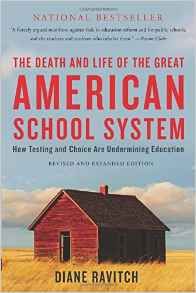
Ravitch is the former assistant secretary of education and a voice for the drive to create a national curriculum. Drawing on her experience, she re-examines previously held positions and makes a case for why we need education reform.
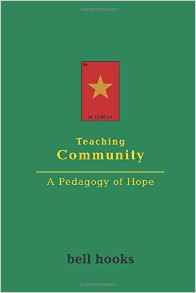
This book is part of a three book pedagogy trilogy that takes on issues of education and the issues inherent in the system. In this book, bell hooks tackles areas such as race, gender, class and nationality both in and beyond the classroom. She reminds us that education needs to be democratic, leaving space for all perspectives and all people to thrive.
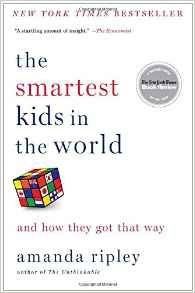
This book serves as a nice point for comparison, looking at education systems in other countries that approach education differently than America does. Ripley follows three Americans who live in three of these “smart” countries for a year–South Korea, Finland, and Poland.
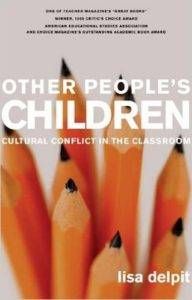
This book deals with the disparity between the number of children of color in the classroom and the number of teachers of color who instruct them. She discusses the teacher’s role as a “cultural transmitter” and examines the role of power dynamics and authority in the classroom.

















